Layer poultry farming is all about raising hens specifically for their eggs, providing a sustainable source of protein for families and communities alike. This type of farming requires attention to detail, dedication, and a love for caring for animals. Layer poultry farming is a thriving agricultural activity that focuses on raising chickens specifically for their egg production.
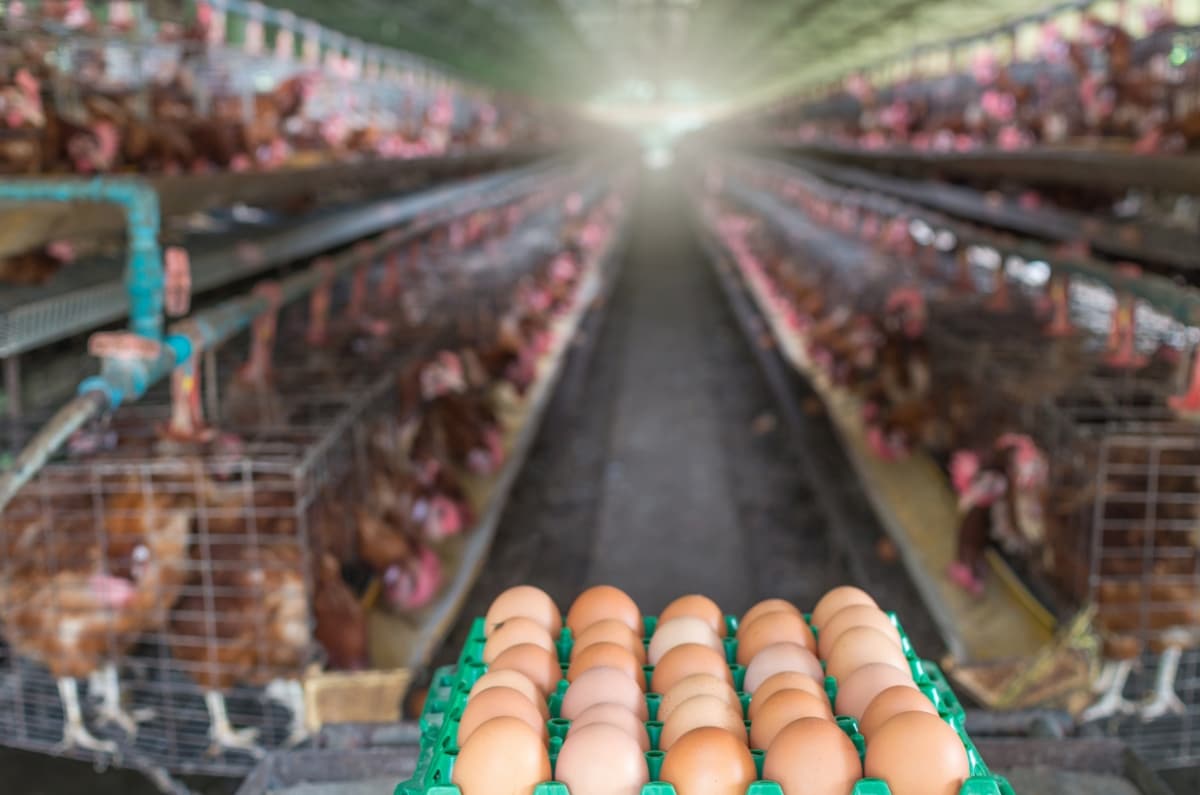
Best Breeds for Egg Production
The egg production can vary based on individual genetics, diet, environment, and management practices.
Wyandotte: Wyandottes are dual-purpose birds known for their beautiful appearance and decent egg production. They typically lay around 200-220 eggs per year.
Rhode Island Red: Rhode Island Reds are excellent layers, known for their brown eggs. They can produce around 200-300 eggs per year, depending on their genetics and individual care.
Leghorn: Leghorns are one of the best egg-laying breeds, favored for their prolific egg production. They can lay upwards of 280-320 eggs per year, with some exceptional individuals laying even more.
Sussex: Sussex chickens are dual-purpose birds with good egg-laying capabilities. They typically lay around 180-250 eggs per year.
Australorp: Australorps are renowned for their exceptional egg production. They hold the world record for egg laying, with some individuals laying over 300 eggs per year. On average, they lay around 250-300 eggs annually.
Plymouth Rock: Plymouth Rocks are dual-purpose birds known for their friendly disposition and good egg production. They can lay approximately 200-250 eggs per year.
Brahma: Brahmas are large, dual-purpose birds known more for their meat production than egg-laying abilities. They lay around 150-200 eggs per year.
White-faced Black Spanish: White-faced Black Spanish chickens are primarily kept for ornamental purposes and are not typically chosen for their egg-laying capabilities. They lay around 100-150 eggs per year.
Asil: Asil chickens are primarily bred for fighting and are not typically kept for egg production. Their egg-laying capabilities are relatively low, with around 50-100 eggs per year.
Naked Neck: Naked Neck chickens, also known as Turkens, have a distinctive appearance with featherless necks. They are moderate layers, producing around 150-200 eggs per year.
Planning Your Farm Layout
Think about the space you have available and how you can maximize it for efficiency. This includes deciding on the number of chicken coops needed based on the size of your operation. Next, consider your farm’s location in terms of accessibility and proximity to suppliers and markets. It’s essential to have easy access to deliveries and be close enough to reach customers with fresh eggs promptly.
Additionally, plan out areas for feed storage, egg collection, and waste disposal within your layout design. Efficiency is key in every aspect of running a successful layer poultry farm. Remember to incorporate biosecurity measures into your layout to prevent diseases from spreading between flocks.
In case you missed it: How to Optimize Your Poultry Egg Farm Business Plan with These Strategies
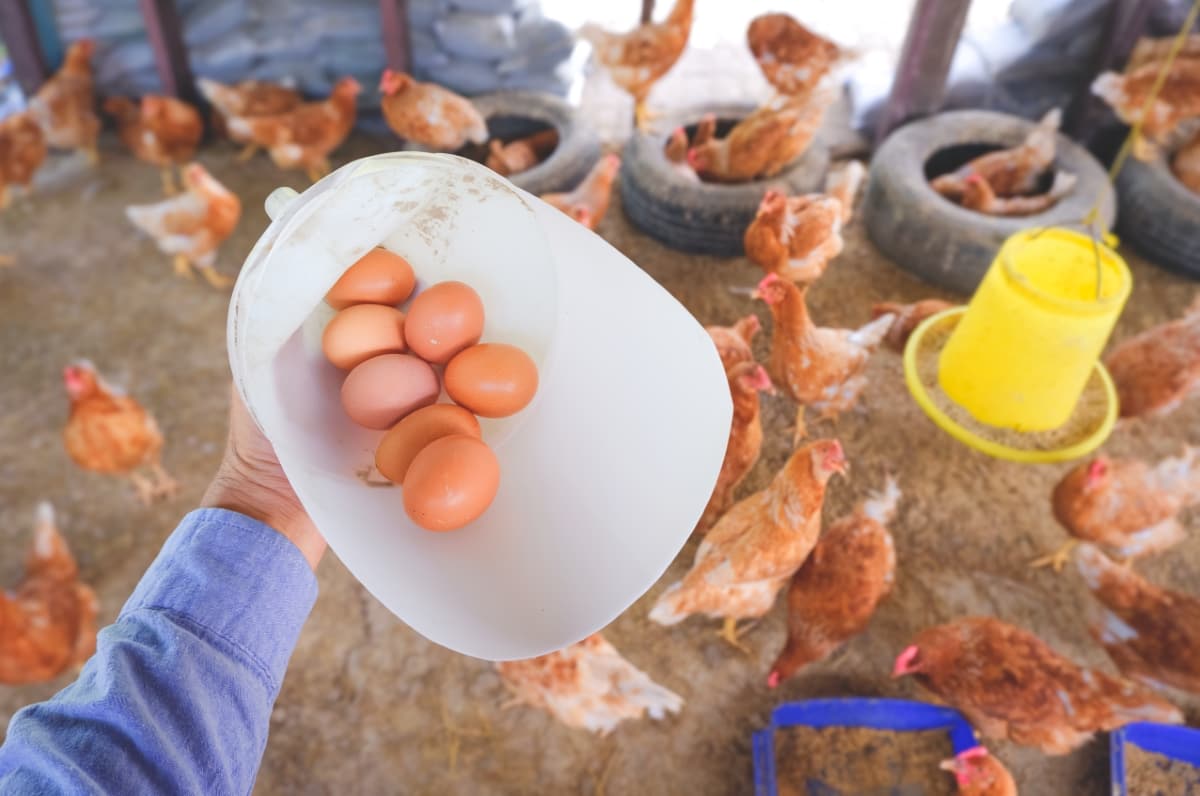
Understanding Legal Requirements
Regulations vary by location, so it’s important to research and comply with local laws regarding zoning, permits, and animal welfare standards. Ensure that your farm follows all guidelines related to waste management practices to protect the environment and public health. Familiarize yourself with any regulations concerning biosecurity measures to prevent disease outbreaks among your flock.
Consult with agricultural authorities or legal experts if you have any doubts about specific rules or licensing requirements. By staying informed and compliant, you set a solid foundation for your business while demonstrating responsible stewardship in the industry.
Setting Up the Coop
Select a place that provides ample sunlight, good ventilation, and protection from predators. The coop must be spacious enough for each hen to have at least 4 square feet of space. Make sure proper insulation is used to regulate the temperature inside the coop throughout the year. Add nesting boxes filled with clean bedding so the hens can lay their eggs comfortably.
Install roosting bars where the hens can perch at night. Accessible feeders and waterers are essential for easy feeding and hydration. Regularly clean the coop to maintain hygiene standards and prevent diseases among your flock. Consider adding windows or vents for natural light and fresh air circulation. By setting up a well-designed coop, you create a safe environment that promotes healthy egg-laying habits in your hens.
Nutrition and Feeding
Providing a good diet rich in essential nutrients is important for your flock’s optimal performance. A well-rounded diet for layers typically consists of a combination of grains, protein sources like soybean meal or fishmeal, vitamins, minerals, and access to fresh water at all times. It’s important to consult with a poultry nutritionist to formulate the right feed ration based on your hens’ breed, age, and weight.
In case you missed it: Essential Guide to Disease Management for Backyard Poultry Owners
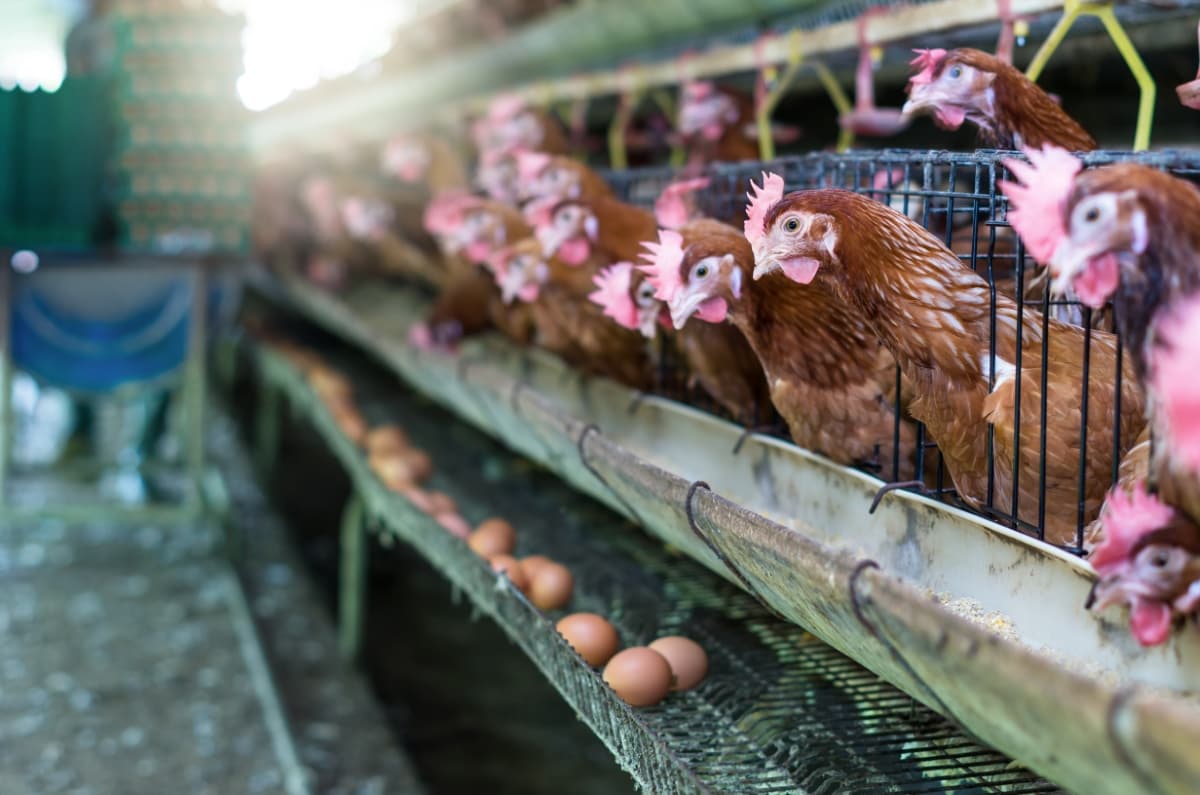
Feeding schedules should be consistent, with feed provided at regular intervals throughout the day. Monitoring feed consumption can help you adjust portion sizes accordingly and prevent issues like obesity or malnutrition among your birds. Additionally, offering supplemental calcium through oyster shells or crushed eggshells can support strong eggshell formation—a critical aspect of egg quality for selling purposes.
Water Management
Providing clean and fresh water to your birds is essential for their egg production. Make sure to have a reliable water source and regularly check the quality of the water. Invest in good quality waterers that are easy to clean and maintain. Check for leaks in the watering system to avoid wastage and ensure that all birds have access to water at all times.
Consider installing automatic watering systems to make the process more efficient and convenient. Regularly clean and sanitize the waterers to prevent bacterial growth and contamination, which can negatively impact bird health. Proper water management practices will contribute significantly to the success of your layer poultry farm.
Health and Vaccination
Vaccination plays a major role in preventing diseases and maintaining a productive flock. Contact a veterinarian to create a vaccination tailored to your specific farm’s needs. Different regions may require different vaccines based on prevalent diseases. Regularly inspect your poultry birds for any illness signs. Early detection can prevent the disease within the flock. Maintain proper hygiene practices in the coop and surrounding areas to minimize the risk of infections. Clean water sources and well-ventilated housing are essential for bird health.
Egg Production Management
Ensure that you have a proper record-keeping system in place to track the number of eggs laid daily by each hen. This will help you monitor the productivity of your flock and identify any issues that may arise. Maintain a clean and well-ventilated coop to provide a comfortable environment for your hens. Regularly check for broken or dirty eggs, as they can attract pests and lead to health problems among the flock. Collect eggs twice a day to prevent them from getting soiled or cracked.
In case you missed it: Maximizing Health and Productivity with Precision Nutrition Strategies for Poultry Farming
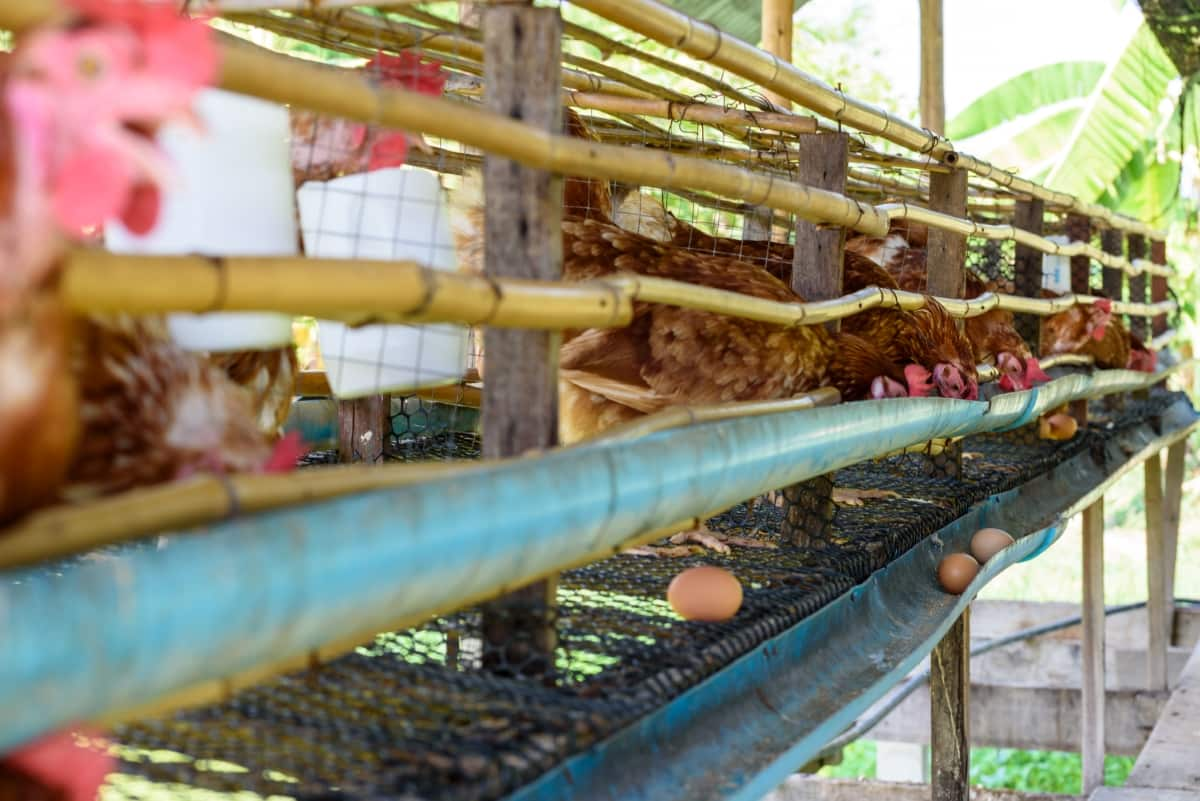
Implement a feeding schedule that meets the nutritional needs of your hens based on their age and production stage. Providing birds with a balanced diet rich in protein will support healthy egg-laying habits. Regularly inspect your hens for signs of illness or stress, as these can impact their egg production. Consult with a veterinarian if you notice any abnormalities in their behavior or egg quality.
Egg Handling and Storage
Handle eggs with care to avoid cracks or damage that can lead to spoilage. After collecting the eggs from the coop, it’s important to store them properly. Store them pointy side down in clean cartons or trays at a consistent temperature of around 7-10°C. Avoid sudden temperature fluctuations, as they can affect the quality of the eggs. Regularly check for any cracked or dirty eggs and remove them immediately to prevent contamination. Remember that fresh eggs have a natural protective coating called bloom, so washing them right before use is the best practice.
Implementing Biosecurity
By establishing strict protocols, you can prevent the spread of diseases among your birds. Start by limiting access to your farm only to essential personnel and vehicles. This helps reduce the risk of outside pathogens entering the premises. Additionally, ensure that visitors follow proper biosecurity measures, such as wearing designated footwear and clothing.
Disinfect equipment, tools, and any items that come into contact with the birds or their environment regularly. This practice minimizes the chances of disease transmission within your flock. Monitor your birds closely for signs of illness and isolate any sick individuals immediately to prevent further spread within the flock. Consult with a veterinarian for guidance on disease prevention strategies tailored to your specific farm needs.
Waste Management Practices
Efficient waste management practices help keep the farm clean and contribute to maintaining a healthy environment for the birds. One effective method is composting. By composting manure and other organic materials, farmers can create nutrient-rich fertilizers to use on crops or sell to other farmers. This not only reduces waste but also adds value to the farm’s operations.
Another important practice is proper disposal of non-organic waste, such as packaging materials and old equipment. Regular cleaning and maintenance of coops, feeders, and waterers are essential for preventing the buildup of waste material that can attract pests or harbor diseases. A clean environment leads to healthier birds and higher egg production rates.
Keeping Records
Maintaining detailed records allows you to monitor egg production, feed consumption, vaccination schedules, and health status of your birds. This information can help identify trends, detect any issues early on, and plan for efficiency improvements. Record-keeping also aids in financial management by tracking expenses related to feed, medication, equipment purchases, and overall operational costs. By analyzing these data points regularly, you can establish budgets and set realistic goals for profitability.
In case you missed it: Biosecurity Measures in Poultry: Effective Strategies for Disease Prevention
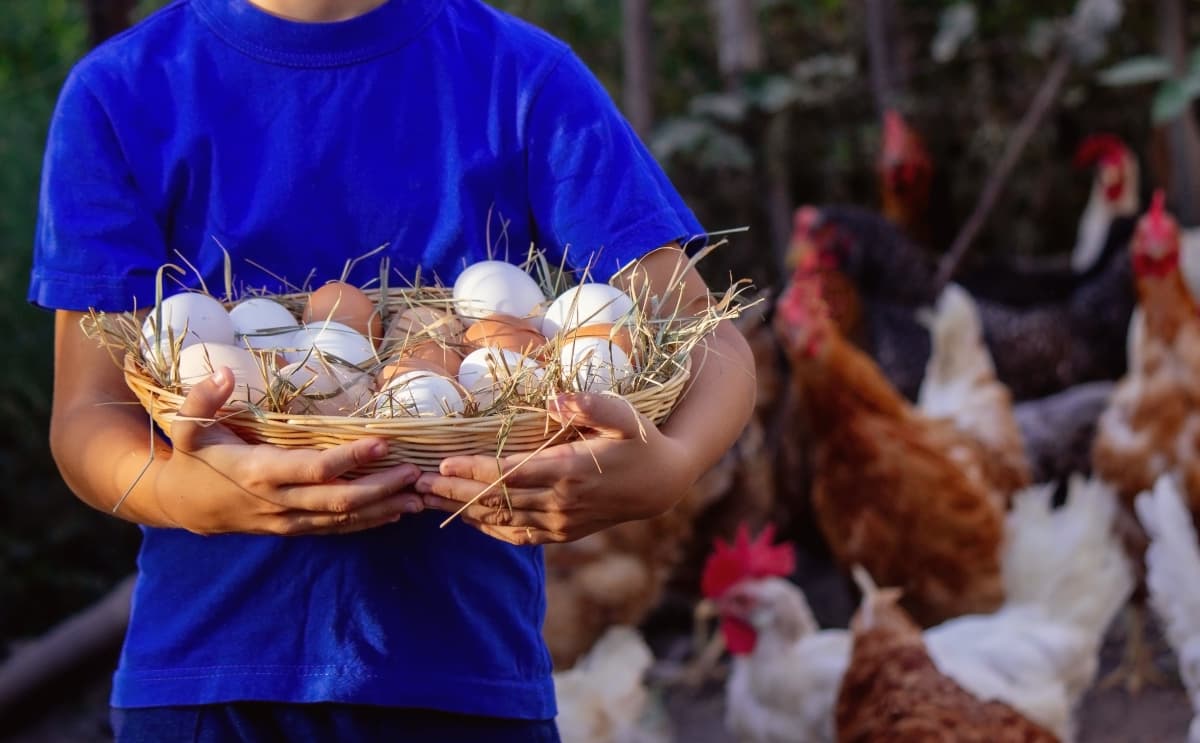
Utilizing digital tools or simple spreadsheets can streamline the process of record-keeping and provide easy access to historical data when needed. Stay organized and consistent with your documentation to ensure accuracy and effectiveness in managing your layer poultry farm effectively.
Marketing Eggs
You can explore several avenues to reach potential customers. The main option is selling directly to local consumers through farmers’ markets. This allows you to connect with buyers looking for fresh and organic eggs. Another strategy is partnering with grocery stores, restaurants, or cafes in your area to supply them with quality eggs. You can also create an online presence by selling eggs through your website or social media platforms.
Remember the power of word-of-mouth marketing—satisfied customers are likely to recommend your eggs to their friends and family. Offering unique egg products like organic, free-range, or specialty-colored eggs can also help differentiate your brand in the market. Marketing your eggs effectively will help boost sales and grow your layer poultry farming business over time.
Scaling Up Operations
Scaling up operations is a crucial step in growing your business and increasing egg production. As demand for eggs rises, expanding your farm can help meet market needs and boost profits. When scaling up, consider increasing the number of hens in your flock or investing in automated feeding and watering systems for efficiency.
Upgrading your coop facilities to accommodate more birds will also be necessary. Expanding operations may require additional resources such as feed, labor, and infrastructure. To avoid setbacks or financial strain, it’s essential to plan carefully and budget accordingly before making any significant changes.
In case you missed it: Innovations in Poultry Farming: Technology and Automation
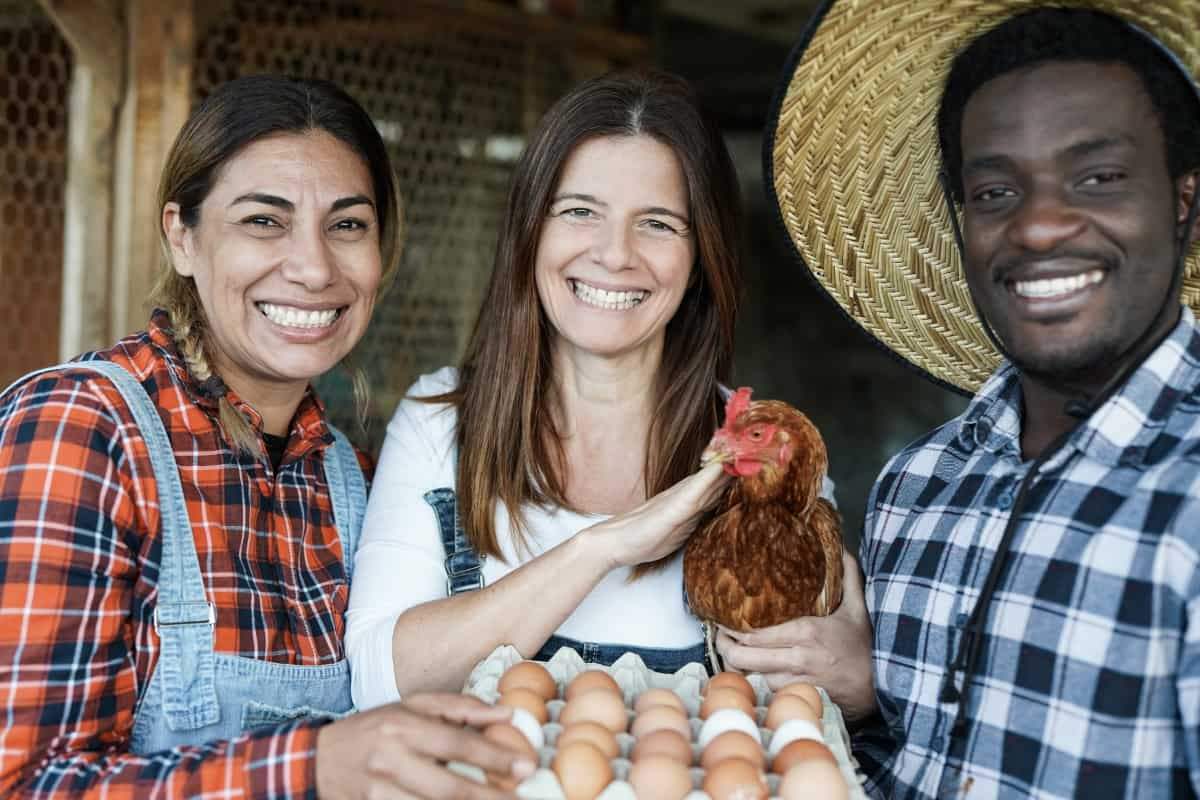
Investing in modern equipment, such as automatic feeders and temperature control systems, can help streamline daily tasks and improve productivity. Additionally, upgrading your infrastructure with larger housing facilities will ensure that your birds have enough space to thrive. Don’t forget to prioritize biosecurity measures as you grow your operation. Implement strict protocols to prevent diseases from spreading among your flock. Regularly monitor the health of chickens and consult with veterinarians when needed.
Innovations in Layer Farming
From automated egg collection systems to smart sensors that monitor temperature and humidity levels in the coop, these advancements are revolutionizing the way we approach poultry farming. By applying these innovations to your layer poultry farm, you can streamline processes, reduce labor costs, and ultimately increase productivity. Additionally, advancements in climate control technology have improved egg production by creating optimal living conditions for layers.
Controlled lighting systems mimic natural daylight patterns, regulating hen’s reproductive cycles and boosting egg-laying efficiency. Modern housing designs focus on maximizing space utilization while ensuring proper ventilation and sanitation standards are met. This not only promotes healthier birds but also increases overall productivity on the farm.
Therefore, Successful layer farmers understand the importance of implementing biosecurity measures to prevent diseases and ensure a healthy flock. They also keep detailed records to track performance metrics and make informed decisions for their operation’s growth.
- How to Make Houseplants Bushy: Effective Tips and Ideas
- Innovative Strategies for Boosting Coconut Pollination and Yield
- Pollination Strategies for Maximum Pumpkin Yield
- The Complete Guide to Chicken Fattening: Strategies for Maximum Growth
- Natural Solutions for Tulip Problems: 100% Effective Remedies for Leaf and Bulb-Related Issues
- Revolutionizing Citrus Preservation: Towards a Healthier, Greener Future
- Natural Solutions for Peony Leaf and Flower Problems: 100% Effective Remedies
- Maximizing Profits with Avocado Contract Farming in India: A Comprehensive Guide
- Natural Solutions for Hydrangea Problems: 100% Effective Remedies for Leaf and Flowers
- The Ultimate Guide to Choosing the Perfect Foliage Friend: Bringing Life Indoors
- From Sunlight to Sustainability: 15 Ways to Use Solar Technology in Agriculture
- The Ultimate Guide to Dong Tao Chicken: Exploring from History to Raising
- The Eco-Friendly Makeover: How to Convert Your Unused Swimming Pool into a Fish Pond
- Mastering the Art of Delaware Chicken Farming: Essentials for Healthy Backyard Flocks
- 20 Best Homemade Fertilizers for Money Plant: DIY Recipes and Application Methods
- How to Craft a Comprehensive Free-Range Chicken Farming Business Plan
- Brighten Your Flock: Raising Easter Egger Chickens for Beauty and Bounty
- How to Optimize Your Poultry Egg Farm Business Plan with These Strategies
- Subsidy for Spirulina Cultivation: How Indian Government Schemes Encouraging Spirulina Farmers
- Ultimate Guide to Raising Dominique Chickens: Breeding, Feeding, Egg-Production, and Care
- Mastering the Art of Raising Jersey Giant Chickens: Care, Feeding, and More
- Ultimate Guide to Raising Legbar Chickens: Breeding, Farming Practices, Diet, Egg-Production
- How to Raise Welsummer Chickens: A Comprehensive Guide for Beginners
- How to Protect Indoor Plants in Winter: A Comprehensive Guide
- Ultimate Guide to Grow Bag Gardening: Tips, Tricks, and Planting Ideas for Urban Gardeners
- Guide to Lotus Cultivation: How to Propagate, Plant, Grow, Care, Cost, and Profit
- Agriculture Drone Subsidy Scheme: Government Kisan Subsidy, License, and How to Apply Online
- Ultimate Guide to Raising Araucana Chickens: Breed Profile, Farming Economics, Diet, and Care
- Bringing Hydroponics to Classroom: Importance, Benefits of Learning for School Students
- Ultimate Guide to Raising Polish Chickens: Breed Profile, Farming Economics, Diet, and Care
- Ultimate Guide to Raising Australorp Chickens: Profile, Farming Economics, Egg Production, Diet, and Care
- Silkie Chicken Farming: Raising Practices, Varieties, Egg Production, Diet, and Care
- Sussex Chicken Farming: Raising Practices, Varieties, Egg Production, Diet and Care
- Homemade Feed Formulations for Livestock: Discover Cost-effective Starter to Finisher Feed Recipes
- 20 Best Pig Weight Gain Supplements: Top Swine Weight Gain Formulas
- Ultimate Guide to Elderberry Farming: Propagation, Planting, Yield, Cost, and Profit
can you help me to setup dairy form in utterpredesh ??
Hi,
We are not consultants of dairy farm set up, please consult the animal husbandry department in UP.
Here is some information about Dairy Farm Set Up.
Dear Agrifarming,
I have just begin poultry and I would be grateful if you could email a tutorial for poultry ebook enable me to do the right thing. Awaiting your swift response. Many thanks.
Currently we have disabled the right Read on the site as people are duplicating information. You can read on the site for time being. we would be coming up with agriculture/farming/gardening E-books soon.
Can I get full details, to set layers poultry farm, Like how to set up to do over the come current challenges Like hygiene environment. Insects free, over coming rat problems
How to reduce the stress on the bird?, Management tips where to keep eggs collected (storage room)
I want start poultry farming with layer birds.
Give me the price of each bird.
well researched topics.
Can i get a downloading or copy format to use for teaching and learning?